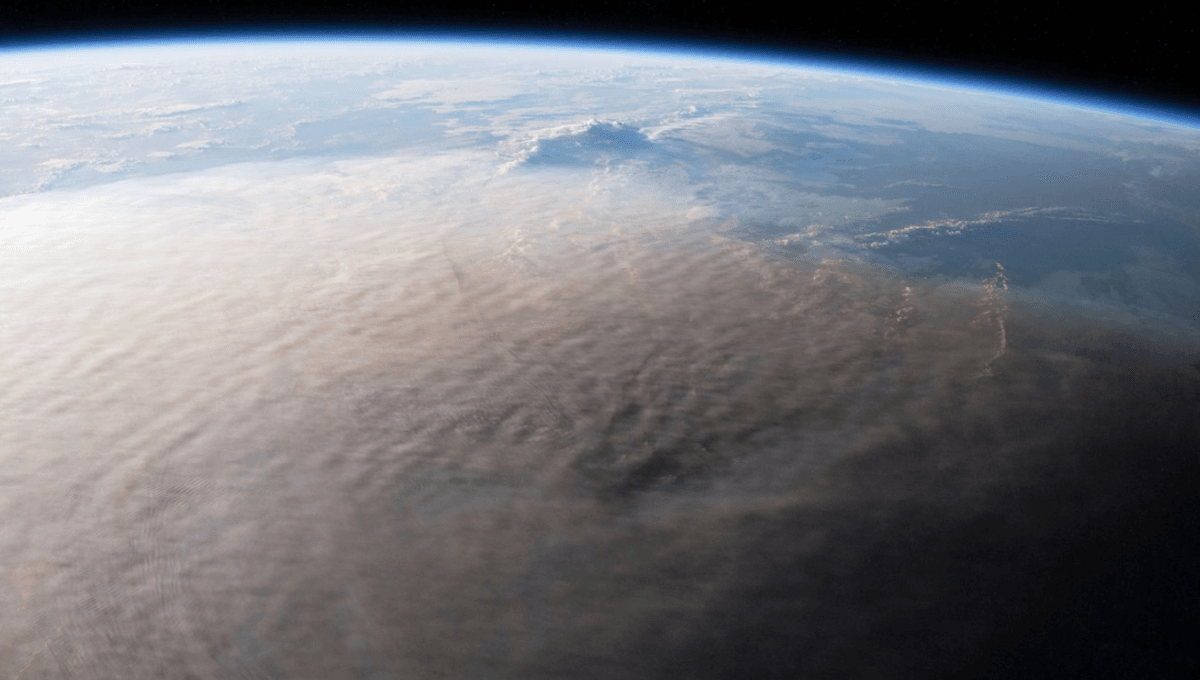
Plumes of devastation known as “pyroclastic density currents” ripped across the seabed following the Tonga Eruption in 2022, a volcanic blast that’s claimed near-countless world records. Carrying debris like rock, mud, and ash, they traveled at speeds of up to 122 kilometers (75 miles) per hour and carried on for over 100 kilometers (62 miles).
The 2022 Hunga Tonga-Hunga Ha’apai eruption in Tonga occurred beneath the Pacific Ocean on January 15, 2022. When it went up, it transferred roughly 146 billion kilograms (322 billion pounds) of water into the stratosphere, where it could remain for up to a decade and contribute to the degradation of the ozone layer.
It was the largest natural explosion in a century, triggering an 11-hour lightning marathon, and the highest plume ever recorded, reaching heights of 57 kilometers (34 miles), more than 17 kilometers (11 miles) clear of the previous record holder, Mount Pinatubo in the Philippines.
And it seems what went up also went sideways, as the devastation that traveled underwater during the carnage has now set its own record, reports the BBC. Known as pyroclastic density currents, they’re driven by all the stuff that exploded into the eruption column – largely superheated ash and rock – collapsing down into the surrounding water.
As the debris entered the sea, it formed a stampede of muddy, ashy destruction that charged across the seafloor at over 120 km/h (75 mph), smothering marine life and severing telecommunications cabling that keeps the Pacific kingdom online. The authors of a new paper about the eruption suggest that if we’re to return connectivity in a meaningful way, more extensive seafloor mapping is needed to identify other submerged volcanoes that could experience similar eruptions.
Tonga isn’t alone in facing this threat from underwater volcanoes, and the authors have established that there are plenty more we need to be keeping an eye on if we’re to anticipate and better plan for the next big eruption in light of all we’ve learned from Hunga Tonga-Hunga Ha’apai.
“We confirm that bedforms observed on many other shallow submerged volcanoes worldwide can be produced by powerful eruptions, demonstrating that the hazards experienced at Hunga volcano can occur elsewhere,” they write.
“Explosive eruptions from these often unsurveyed and unmonitored submerged volcanoes can produce high-energy submarine density currents and warrant far greater consideration as tsunamigenic sources and as primary threats to vulnerable coastal communities and critical subsea infrastructure.”
The study is published in Science.
Source Link: The Fastest Underwater Plumes On Record Reshaped The Seabed After The Tonga Eruption